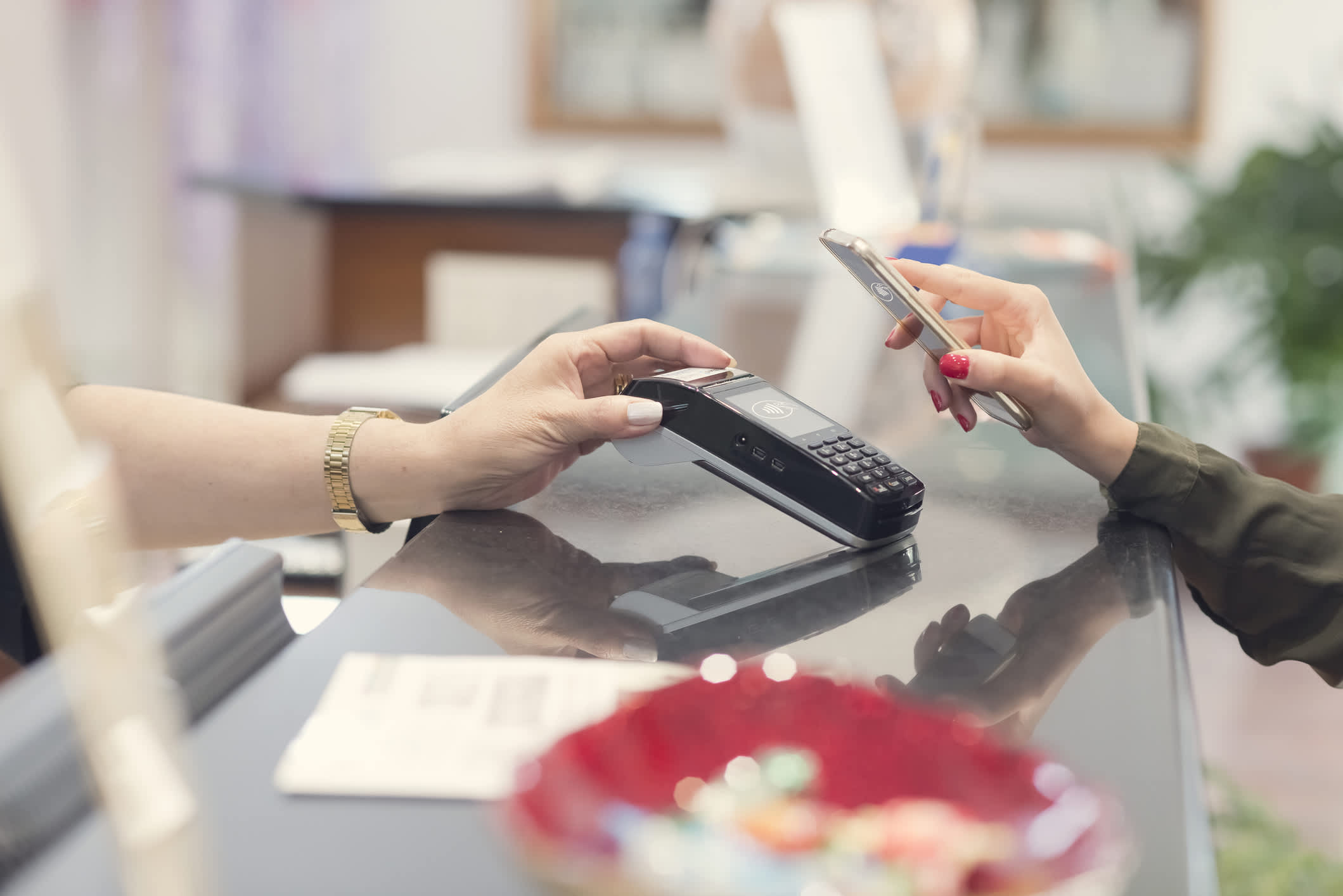Not wanting to touch anything is having a dramatic impact on consumer habits.
Amid the coronavirus crisis, Americans are abandoning cash almost entirely in favor of “tap and go” transactions and have finally embraced contactless and digital payment methods after years of reluctance.
Fewer and fewer adults use printed or minted U.S. currency at all any more. About 3 in 10 Americans said they make no purchases with cash in a typical week, up from a quarter in 2015, according to the Pew Research Center.
The U.S. Mint has pleaded with the public to use coins again, but the opportunities to do so are fewer and farther between.
More from Personal Finance:
51 million Americans increased their credit card debt
A financial snapshot of America one year after Covid
What to do to get your $600 stimulus check
Since the start of the pandemic, more retailers have moved to e-commerce, including allowing shoppers to pay online and pick up curbside, avoiding even the touch-card readers, according to the National Retail Federation. Overall, 67% of retailers now accept some form of no-touch payment.
“We’ve had several years’ worth of innovation all at once,” said Ted Rossman, an industry analyst at CreditCards.com.
As of January, all subways and buses in New York City enabled riders to tap a contactless bank card or their mobile wallet at turnstiles to pay fares, according to the Metropolitan Transportation Authority, which runs America’s largest urban transportation network.
Nationwide, gas stations, grocery stores, pharmacies and even farm stands are also making the switch, accelerating the move away from cash in favor of touch-free payments.
“There’s a whole infrastructure now and that will last beyond the pandemic,” Rossman said.
More than half, or 51%, of Americans are now using some form of contactless payment, which includes tap-and-go credit cards and digital wallets like Apple Pay or Google Pay, according to Mastercard Contactless Consumer Polling.
As a result, tap to pay transactions jumped more than 100% year over year, a separate report by Visa found.
For the first time, consumers are going out of their way to find retailers that offer contactless payment options, according to Cyndie Martini, CEO of Member Access Processing, which processes debit card payments for credit unions, and that has caused the rate of adoption to “leap frog,” she said.
“This is unprecedented change,” she said. “Now that consumers are used to it there is no going back.
“The continued rise of contactless is just going to grow exponentially,” Martini added.
Now that consumers are used to it there is no going back.
Cyndie Martini
CEO of Member Access Processing
Contactless and digital payment methods not only require less physical interaction amid the public health crisis but are also considered much more secure than other forms of payment.
They are embedded with a near-field communication antenna that can be used for proximity payments via radio waves. There is also a dynamic cryptogram, or code, which is unique for each individual transaction.
This is similar to chip cards’ smart technology, also known as EMV, which can process card transactions with embedded smart chips — except it is much faster.
